C. F. Martin Styles 26 and 28
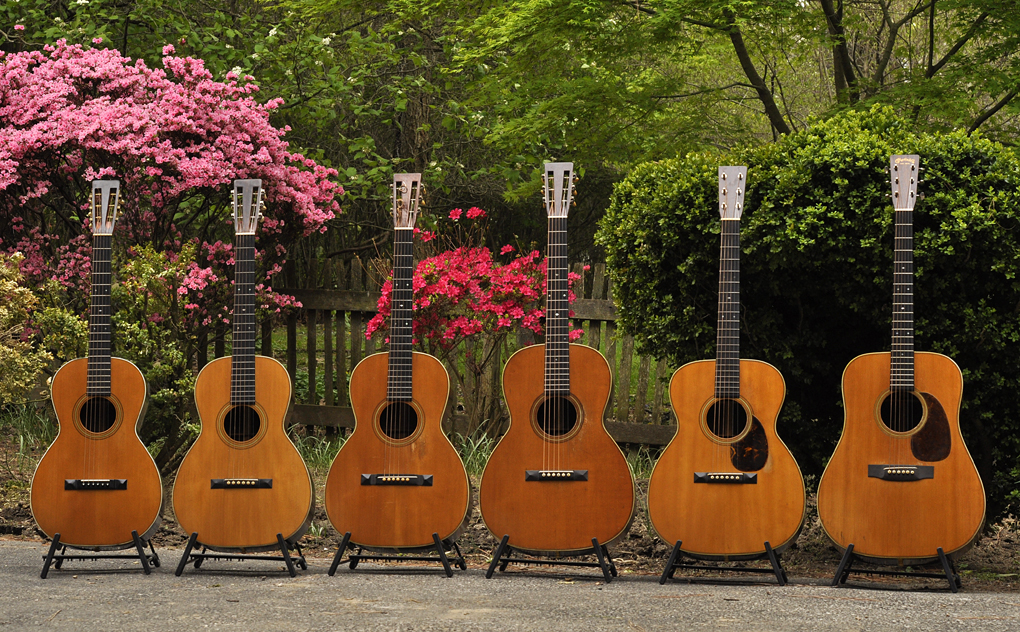
1-28, 0-28, 00-28, 000-28, OM-28, D-28
The Style 28 had it's start with a size 1 or size 0 guitar selling in the 1850's for $28. The earliest version appears to be the size 1. A size 00 was added in the 1880's. The Style 26 Martin was a slighly less expensive size 1 or size 2 1/2 guitar guitar selling for $26. The earliest versions of the Style 26 also appear to be in size 1.
Style 26 and 28 Top Borders and Rosettes
The Style 28 has been distinguished from it's inception in the 1850's until WWII by two features, the herringbone top border and the five-nine-five band rosette.
The top and back were bound with genuine Elephant ivory until 1918 when the ivory bindings were replaced by grained Celluloid.
1870's Martin 1-28
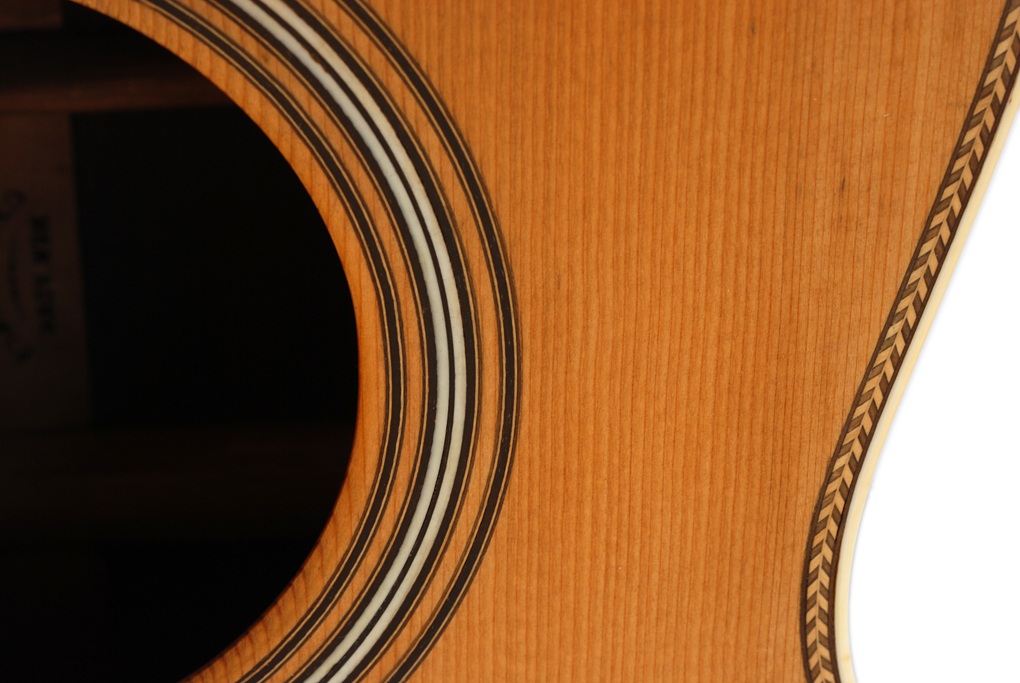
The Style 26 is very similar to the Style 28, with a "half herringbone" top trim replacing the herringbone.
1870's Martin 2 1/2 -26
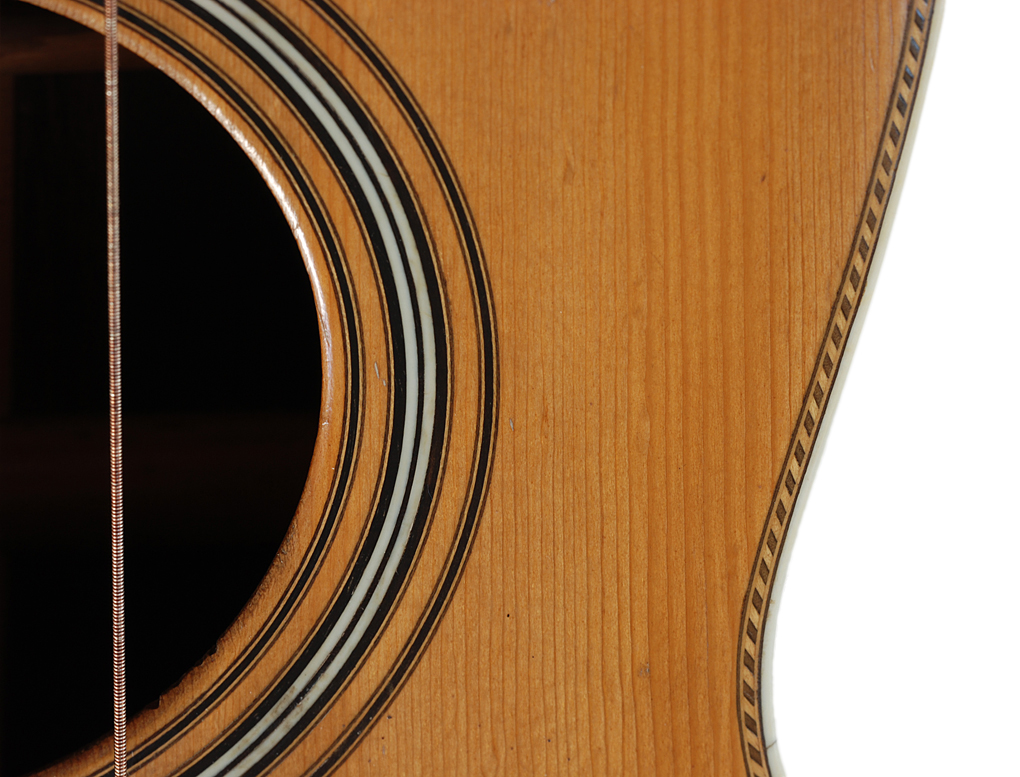
Here you see an early variation, an 1840's Martin Spanish Guitar in the style of a 1-28, with the checkerboard seen on a post war 28 back strip in place of the herringbone, and a diagonal pattern variation of the to outer rosette rings that is often seen on Martins and Martin & Coupas of the 1840's.
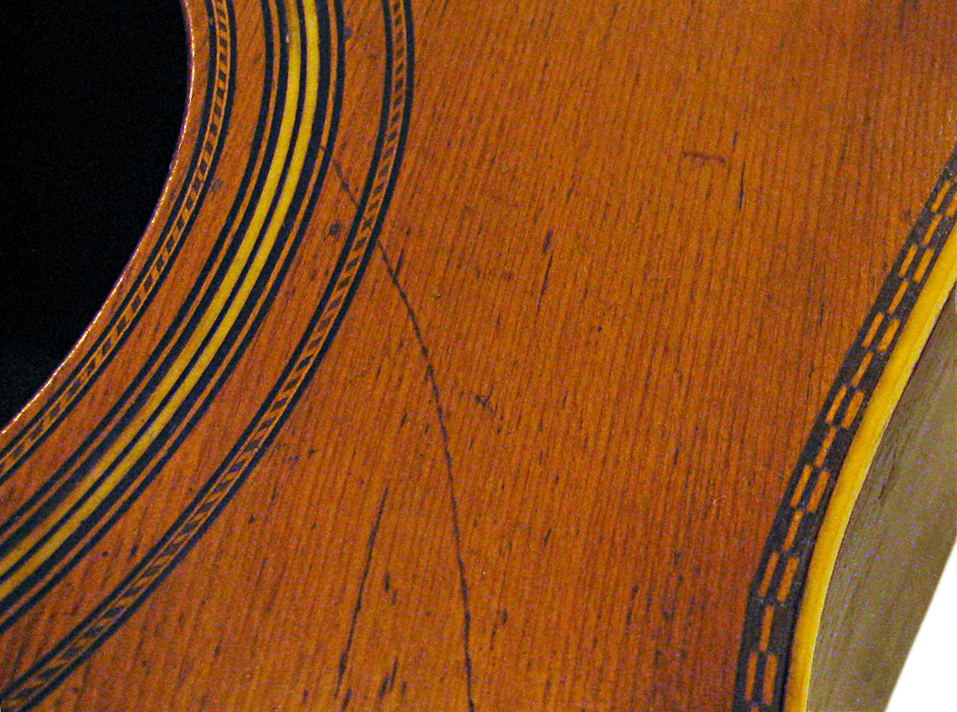
Pearl Rosette Style 28
The sighting of a couple of rare examples similar to this size 1 guitar have caused speculation that the earliest form of the Style 28 included pearl inlay on the rosette. It's also possible that this is simply an alternate combination seen before the styles were defined.
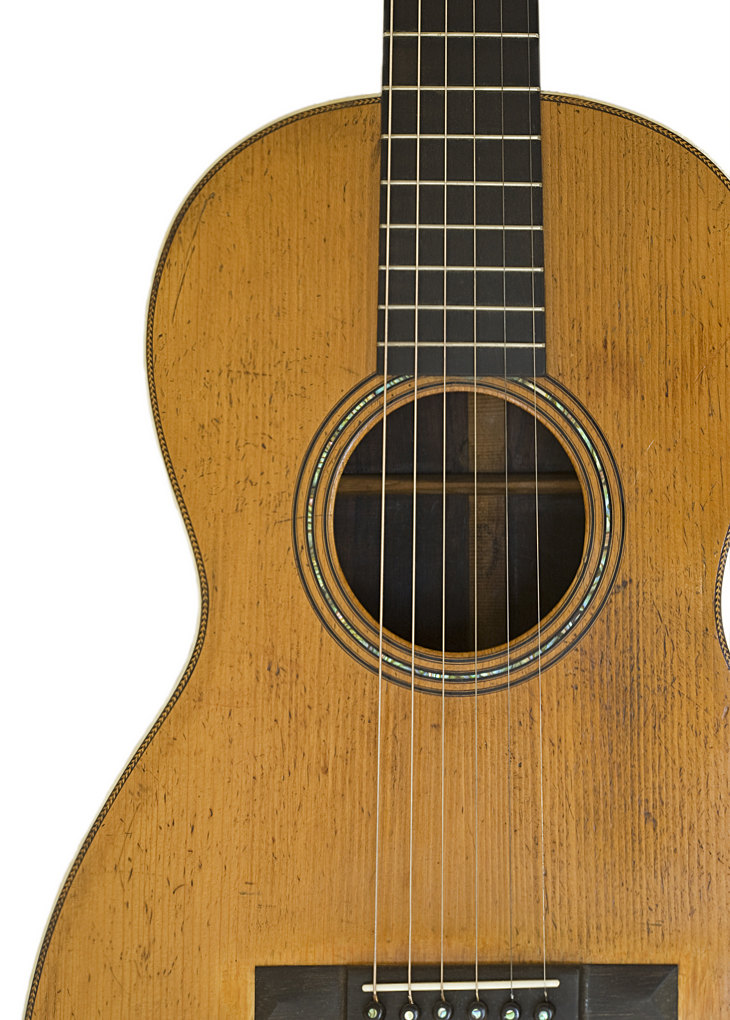
This 1874 example, also in size 1, combining the rosette of a style 28 with a top border more typical of a style 30 or 34 is especially unusual for a Martin built after the models had been standardized for some time. An identical example with a case label indicates that this was considered to be a Style 28.
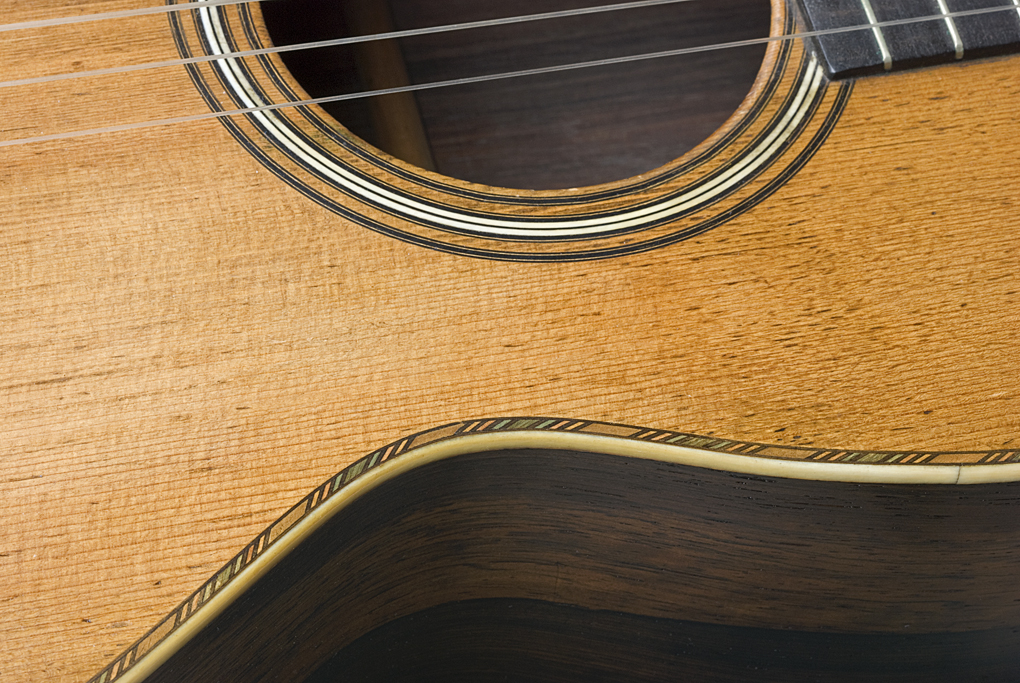
This unusual Martin Style 1-26 has a narrow "zig zag" replacing the half herringbone on the top border:
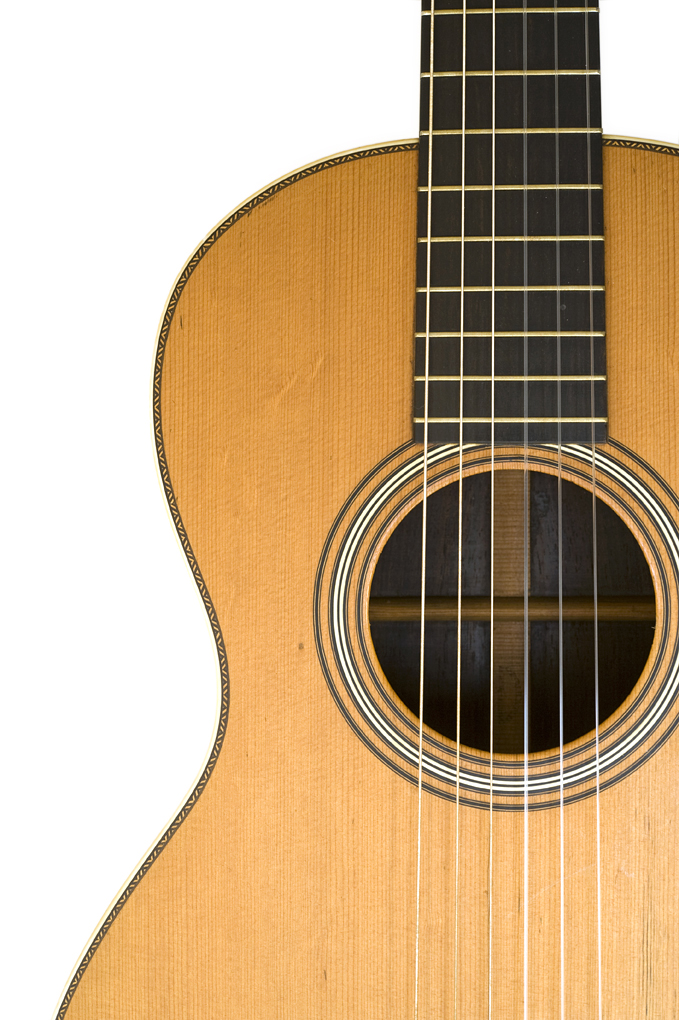
And sometimes life is just filled with mysteries.
This 1-28 was made in 1907. I've seen an identical example built in 1915.
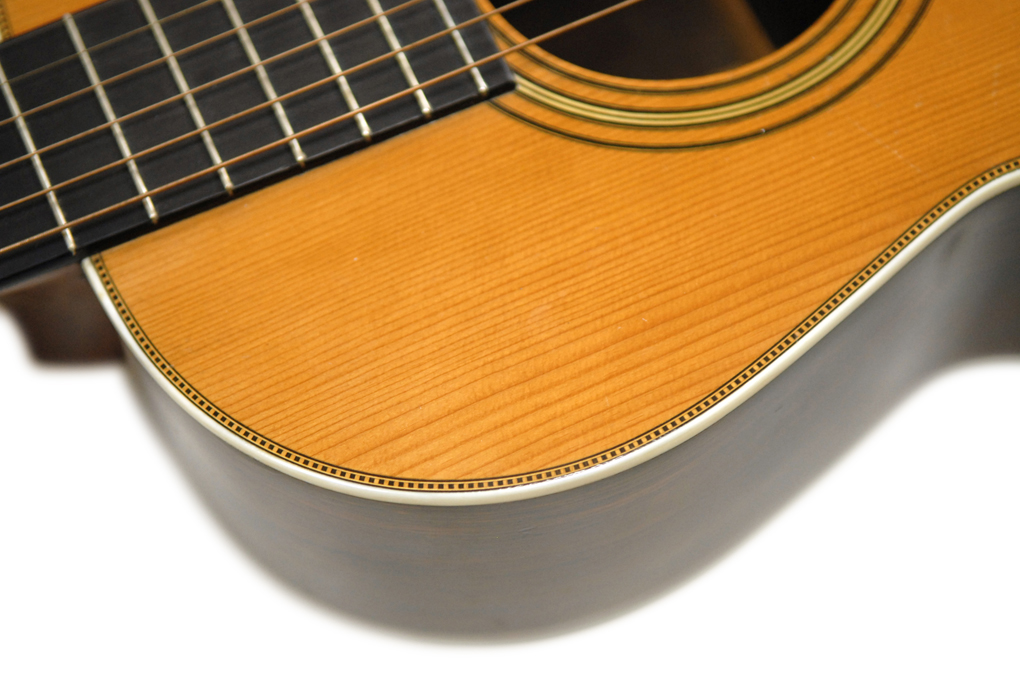
Style 26 and 28 Backstrips
The prewar Style 26 and 28 typically has what's often referred to as a "zig zag" or "zipper" back strip.
c. 1870 Martin 1-28
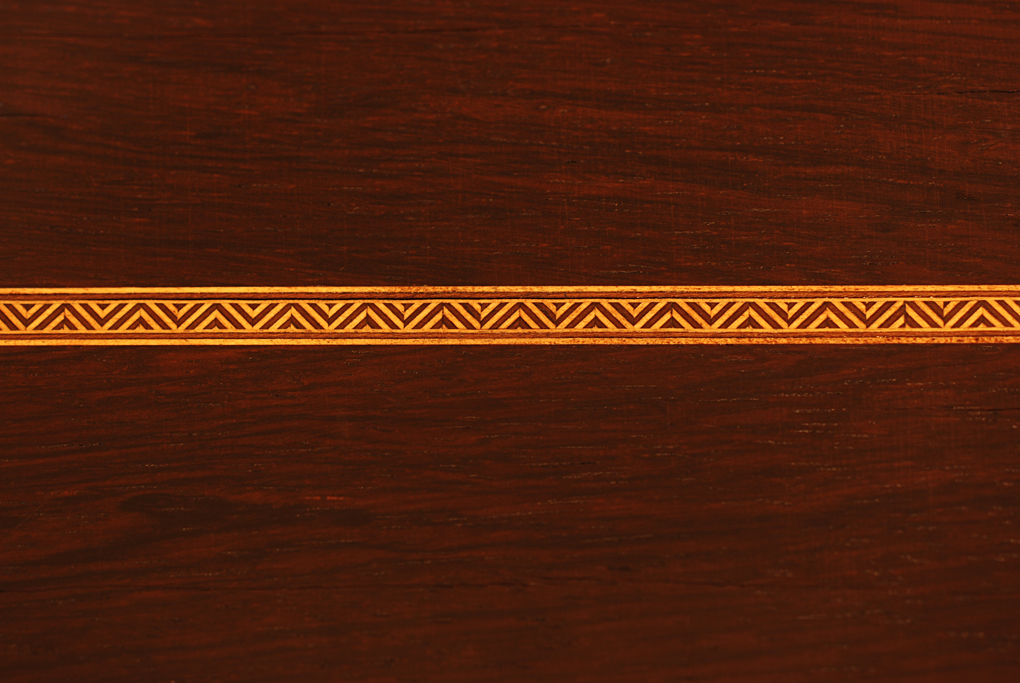
After the war, the Style 28 as well as the style 21 have the "checkerboard" back strip.
1964 Martin 00-21NY
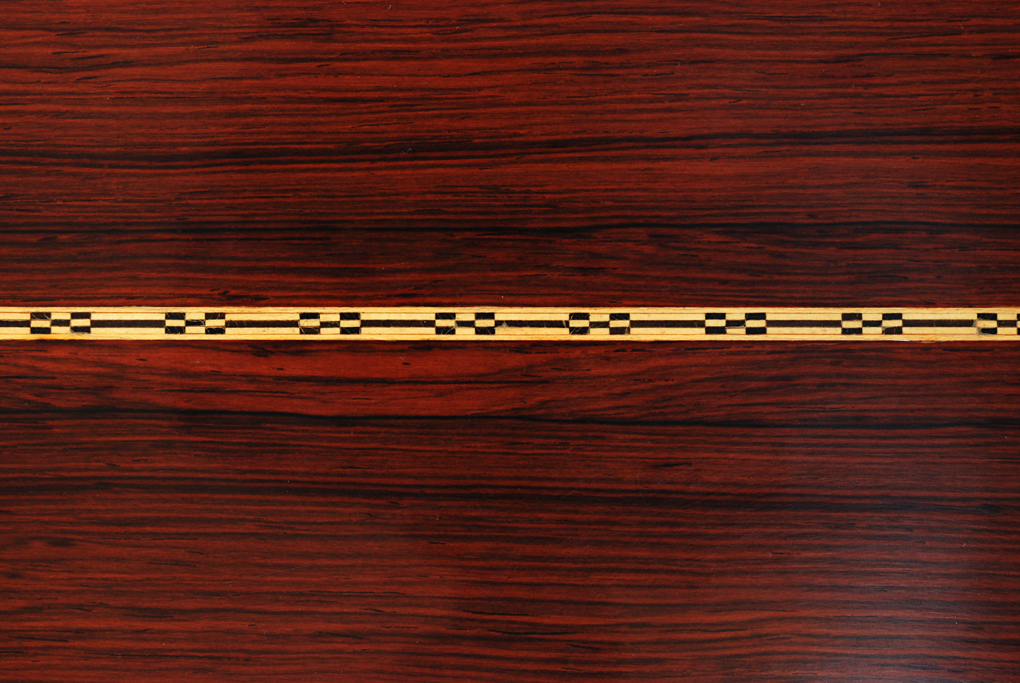
Style 26 and 28 Fretboard Inlays
Martin Guitars built before 1898 had no inlays on the fretboard, so the Style 26, which was discontinued by the turn of the century, had no fretboard inlays.
Style 28 Martins built before early 1932 had slotted diamonds and squares on the fifth, seventh, and ninth frets.
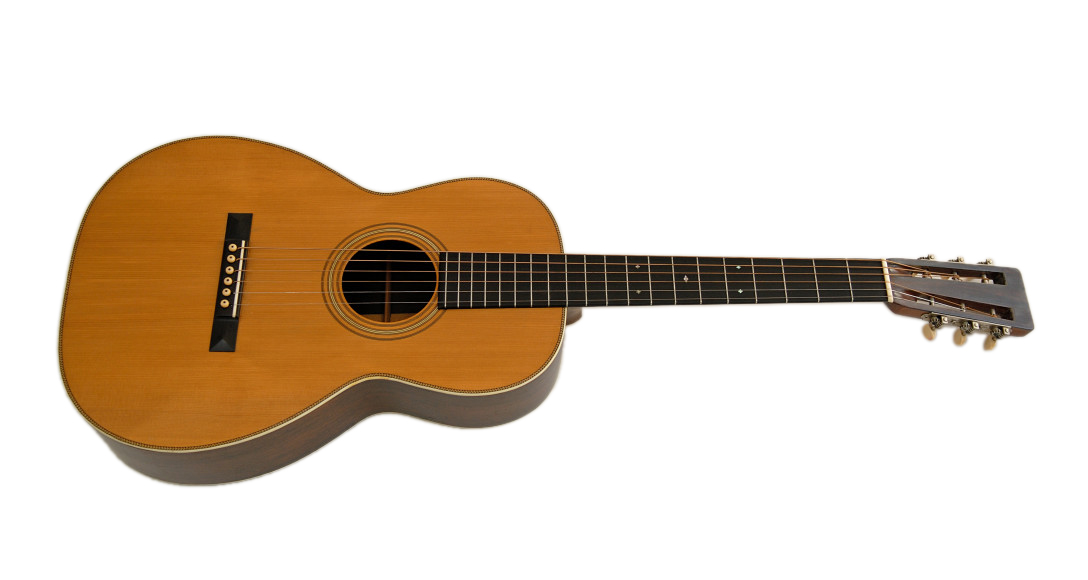
Starting in early 1932, Style 28 Martins had slotted diamonds and squares on the fifth, seventh, ninth, twelth, and fifteenth frets.
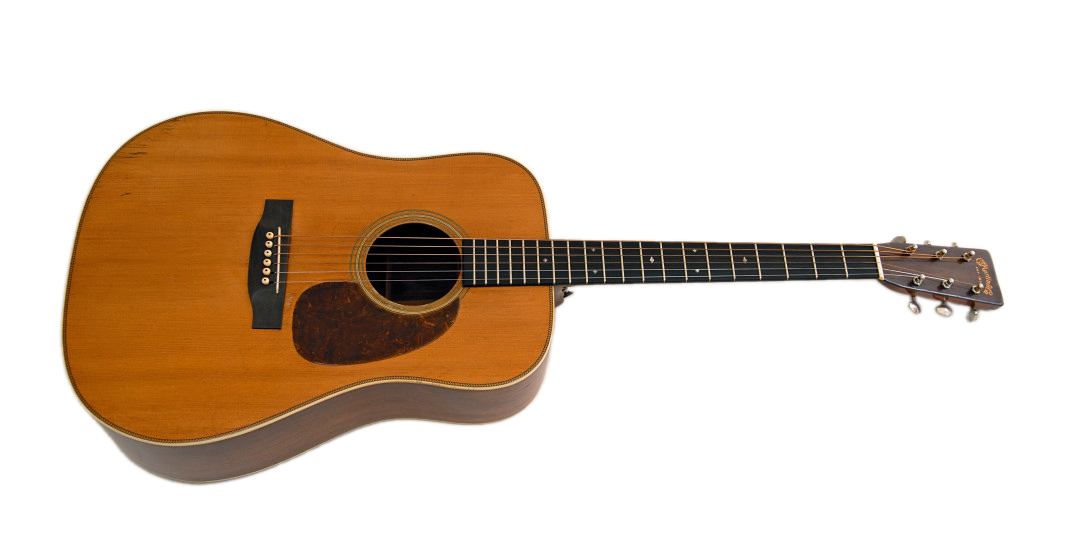
In late 1944, small dot inlays on the fifth, seventh, ninth, twelth, fifteenth, and seventeenth frets which were graduated in size replaced the diamonds and squares.
In 1946, Style 28 Martins had large dot inlays on the fifth, seventh, ninth, twelth, fifteenth, and seventeenth frets which were uniform in size.
Starting in 1949, Style 28 Martins had large dot inlays on the fifth, seventh, ninth, twelth, fifteenth, and seventeenth frets which were graduated in size.
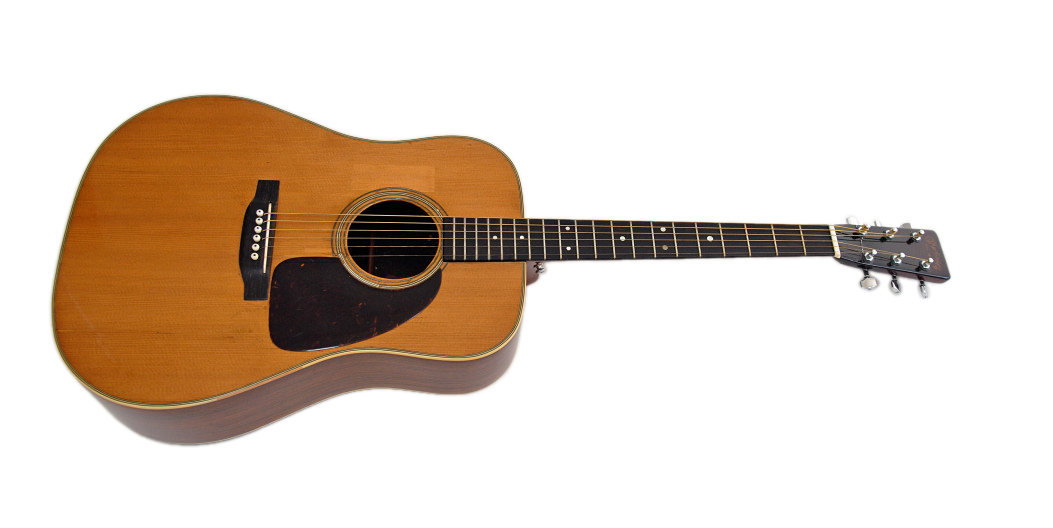
vintagemartin.com
To See Robert Corwin's Classic Photography of Folk and Roots Musicians, visit:
For Information on Photography for
Exhibition, Publication, CD's, Promotion, Web Pages, Tour Books,
to Purchase Photographic Prints, or
If You Have Questions or Suggestions About This Web Site or Vintage Martin Guitars:
e-mail: Robert Corwinentire site copyright ©1998 through 2011 Robert Corwin/Photo-Arts. All rights reserved.